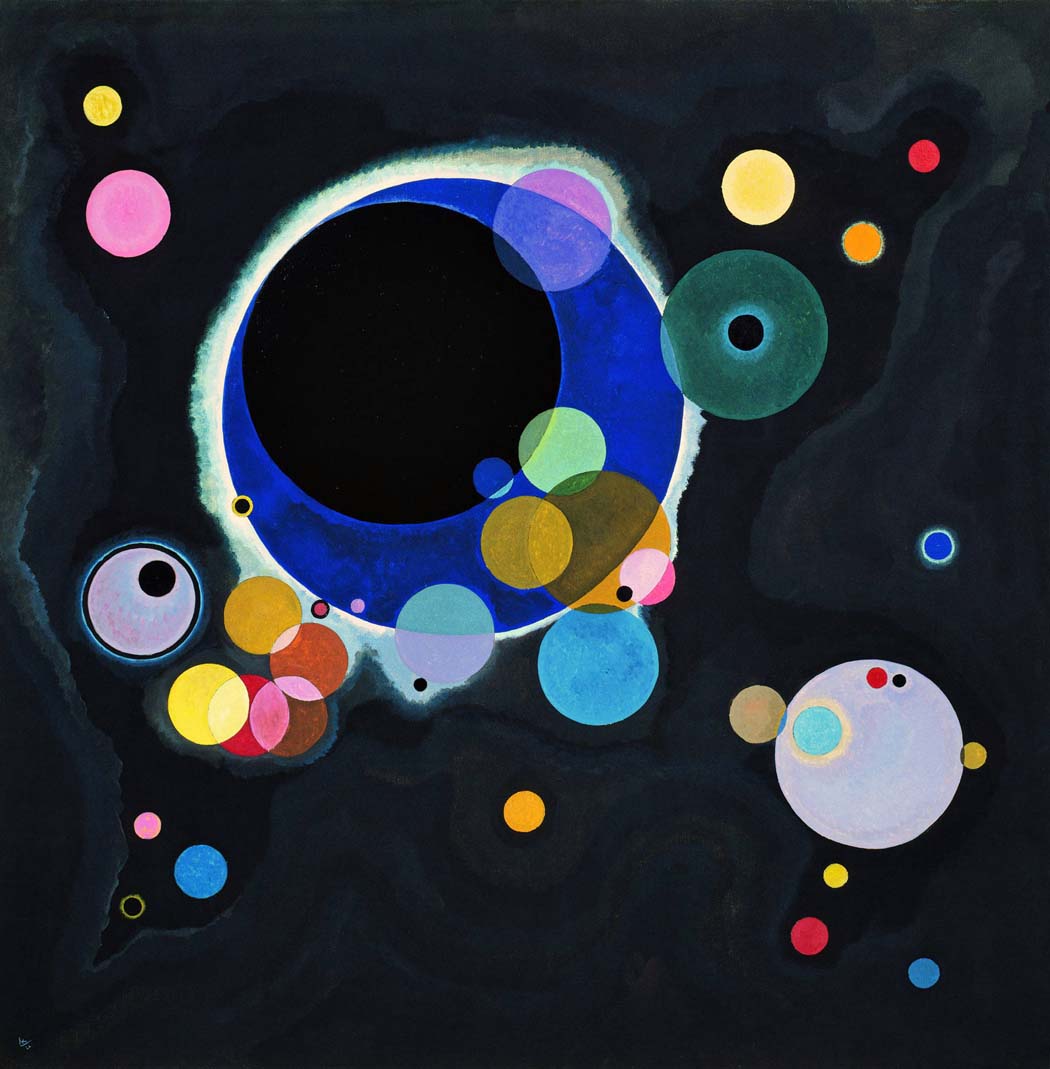
• Depictions of abstract shapes with no representational elements
Playing purely with abstraction – without indicating any reality outside of the chosen shapes, patterns, lines, textures, colors, etc. – offers artists the opportunity to fully explore their own aesthetics. What shape complements another shape and another? What sort of straight/curved/jagged line would I like to place here? What mathematical proportions and relationships would I like to incorporate? What repetitions and how many? What colors and in what relationship to each other? What textures do I love? Or do I wish to abstractly represent disharmony and go against my own sense of beauty? Do I wish to submit entirely to mathematics/geometry and follow a set of rules to perhaps discover a new aesthetic appreciation?
Pure abstraction can point to an abstract dimension behind the observable world, offering viewers an opportunity to ponder the laws and patterns of the universe. Or, artists might simply use pure abstraction to focus on aesthetics, unencumbered by representation.
Featured: Several Circles by Wassily Kandinsky.